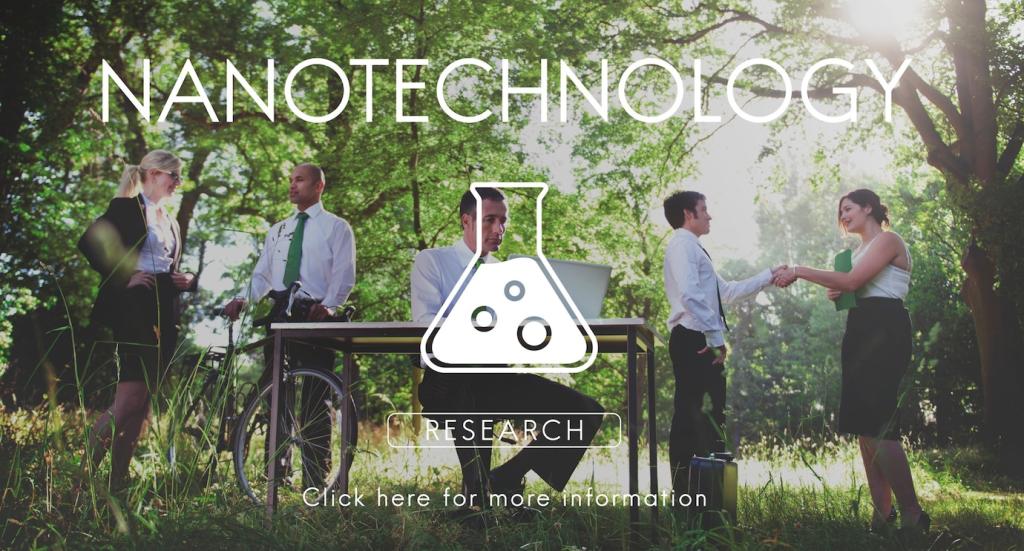The growing demand for technology and digital transformation has led to a significant increase in IT resource consumption. As organizations strive to become more sustainable, optimizing IT resources is essential—not only to minimize environmental impact but also to improve operational efficiency and reduce costs. This page explores key techniques and strategies that businesses can employ to make their IT infrastructure more sustainable and resource-efficient while supporting long-term business goals.
Energy-Efficient Data Center Management
Intelligent Cooling Solutions
Traditional data center cooling systems are often not aligned with actual heat generation, leading to wasted energy. Intelligent cooling solutions employ sensors and AI-driven controls to monitor temperature and adjust airflow dynamically. This optimization ensures that cooling is only supplied where and when it’s needed, reducing both energy consumption and operational costs. Over time, deploying advanced cooling technology leads to significant carbon savings and aligns the enterprise with green data center standards, making it a critical aspect of sustainable IT resource optimization.
Server Virtualization
Underutilized servers contribute vastly to unnecessary energy consumption in data centers. Server virtualization addresses this by allowing multiple virtual servers to run on a single physical server, maximizing its resource use. This approach dramatically reduces the physical server count needed to operate mission-critical applications. By consolidating workloads, organizations benefit from lower capital and energy expenditures, less e-waste, and a streamlined IT footprint—all essential components of resource-efficient and sustainable IT.
Efficient Resource Allocation
Maximizing resource allocation efficiency goes beyond hardware and includes the management of computing, storage, and network resources. Advanced monitoring tools track real-time usage data, enabling IT teams to redistribute workloads and adjust capacities as demands fluctuate. This proactive approach avoids over-provisioning, curbs energy waste, and ensures infrastructure is optimally used, providing immediate sustainability benefits and supporting long-term scalability.
Code Optimization
Writing efficient, streamlined code is crucial for minimizing resource usage across all software operations. Code optimization involves removing redundant processes, optimizing algorithms, and choosing appropriate data structures to ensure minimal CPU and memory consumption. Efficient code translates into faster processing times, lower energy usage, and the ability to run on lower-spec hardware. These measures not only enhance application performance but also support long-term sustainability by decreasing system loads and extending hardware lifespan.
Cloud-Native Architectures
Migrating to cloud-native software architecture empowers organizations to take full advantage of scalable and on-demand resources. Cloud-native systems dynamically adjust computing power and storage to match real-time needs, reducing idle time and resource waste. By adopting microservices, containerization, and serverless models, businesses increase software portability and resilience while using infrastructure more efficiently. These architectural choices directly influence both cost savings and significantly lower the environmental impact, making cloud-native development a cornerstone of sustainable IT.
Eco-Friendly Testing Approaches
Software testing is often overlooked in sustainability strategies, yet it can be resource-intensive, especially in traditional environments. Adopting eco-friendly testing approaches—such as using virtualized test environments, optimizing test coverage, and automating repetitive testing—helps reduce compute cycles and storage usage. By integrating sustainability criteria into the testing process, organizations ensure that their software not only meets functional and security requirements but also aligns with environmental goals, thereby lessening the ecological footprint of the overall IT lifecycle.
Previous slide
Next slide

Green Procurement and Lifecycle Management
Sustainable Hardware Selection
Careful selection of hardware is the first step toward optimizing IT resources sustainably. Companies should prioritize devices certified for low energy consumption, environmental compliance, and long-lasting performance. This approach involves evaluating manufacturer sustainability commitments and considering modular designs that allow upgrades and repairs, reducing e-waste. Energy Star, EPEAT, and other certifications serve as valuable indicators when comparing options, ensuring that hardware investments align with both short-term tech needs and long-term sustainability objectives.
Lifecycle Extension Strategies
Maximizing the lifespan of IT assets plays a pivotal role in reducing total resource use and minimizing e-waste. Techniques such as scheduled maintenance, upgrades, and refurbishments can extend device lifespans well beyond initial estimations. Implementing asset tracking systems helps identify opportunities for reusing or redeploying equipment within the organization, delaying the need for replacements. These strategies drive down costs while supporting environmental stewardship goals by reducing the frequency of manufacturing, transport, and disposal processes associated with new devices.
Recycling and Safe Disposal Practices
Inevitably, hardware reaches end-of-life and requires responsible disposal. Adopting structured recycling programs and safe disposal practices ensures that toxic components, such as batteries and circuit boards, do not harm the environment. Partnering with certified e-waste recyclers guarantees proper handling of obsolete equipment, while data destruction protocols preserve information security. A transparent and diligently managed IT disposal process helps organizations meet legal compliance requirements and strengthens their reputation as conscientious stewards of technology resources.
